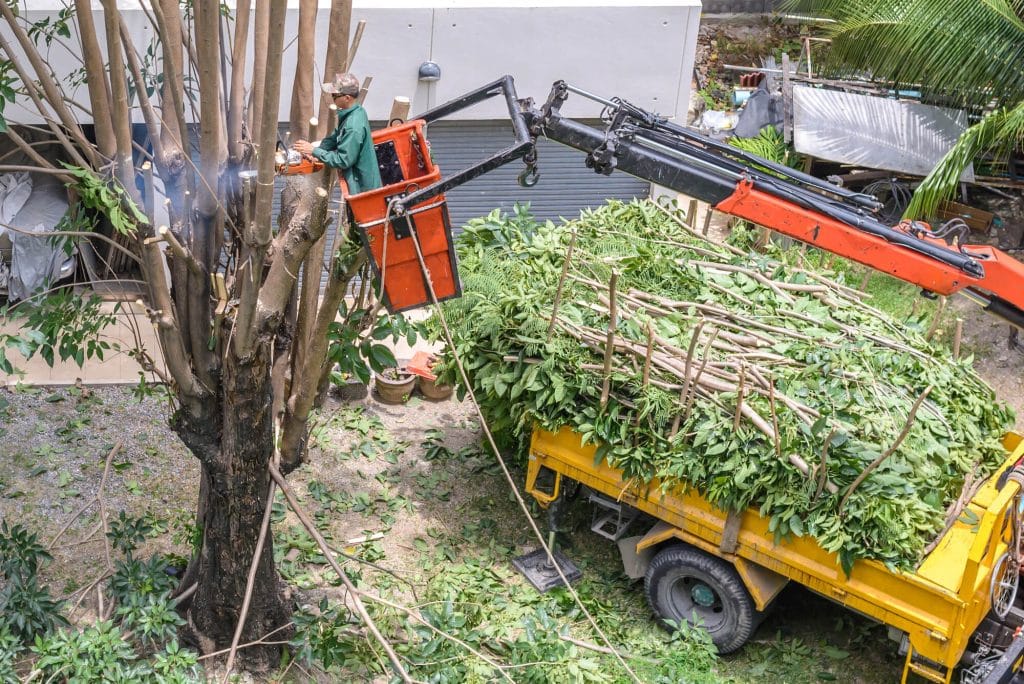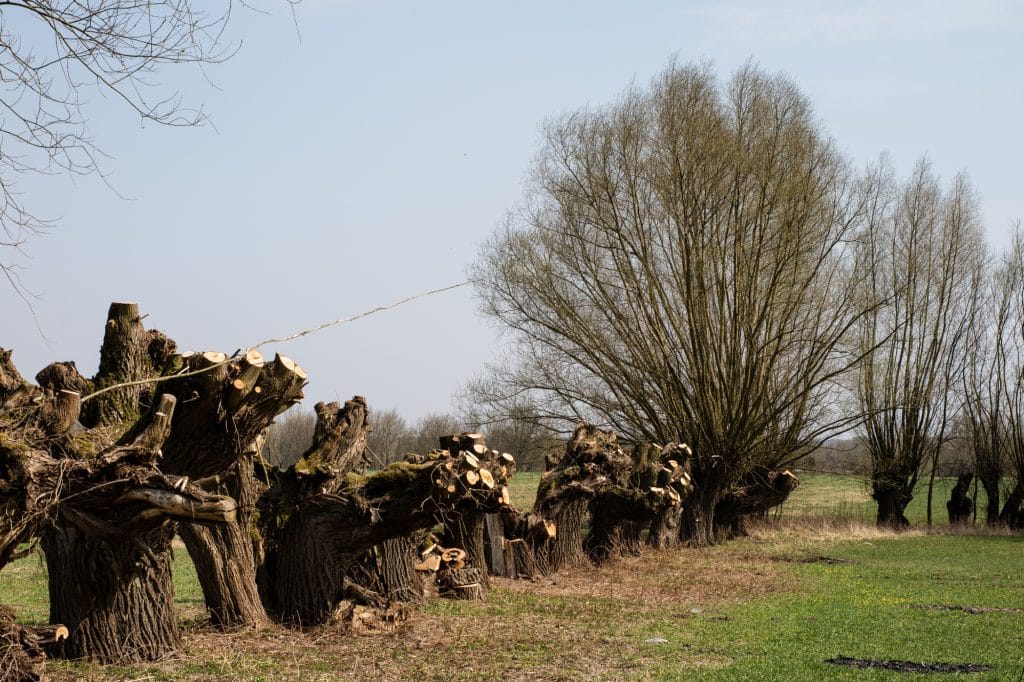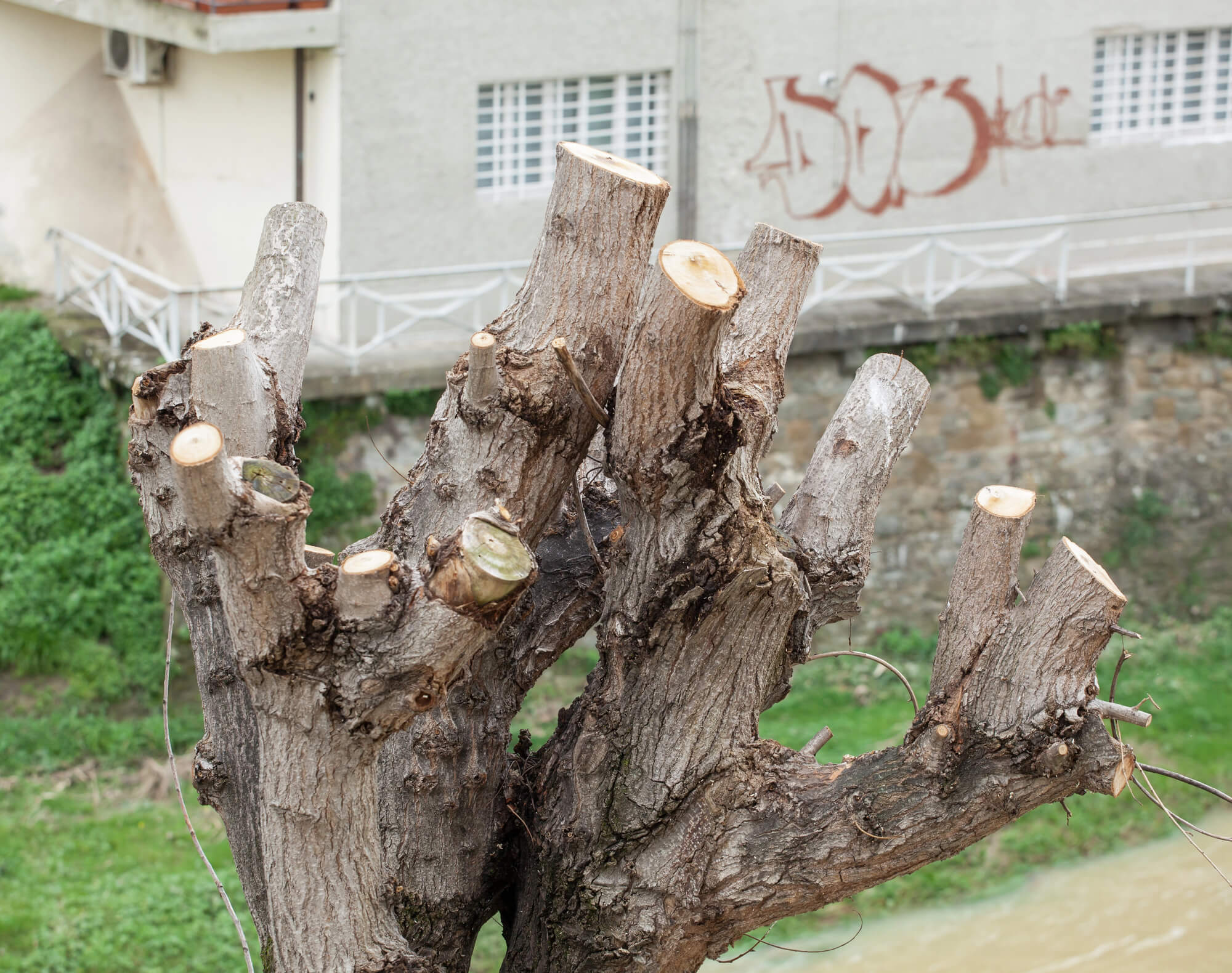Tree pruning is one of those home maintenance tasks that often gets overlooked, until something goes wrong. A fallen branch, an overgrown tree near a powerline, or even a neighbourly dispute can quickly bring it front and centre. But tree pruning isn’t just reactive; it’s a proactive investment in your property’s safety, appearance, and long-term health.
Whether you’re trying to tidy up your yard, reduce risks during storm season, or keep your trees in good shape, pruning is a key part of the equation. But how much should you budget for it?
This guide breaks down what you can expect to pay for tree pruning in Australia, the factors that affect cost, and why hiring a professional arborist can save you more than just money.
Why Tree Pruning Matters
Tree pruning might seem like a chore or an unnecessary cost, but it’s actually an essential part of responsible homeownership. Aside from keeping your trees looking neat and healthy, pruning plays a vital role in safety and property maintenance.
Overgrown or unstable branches can pose serious risks during strong winds or storms. They may fall on homes, cars, or worse: people. By regularly pruning, you reduce the chances of accidents and property damage. On top of that, many insurers won’t cover damage from trees that haven’t been professionally maintained.
Proper pruning can also prevent the need for full tree removal later. Neglected trees may deteriorate beyond repair, making removal the only option—something that’s far more costly and invasive than routine pruning.
What’s more, pruning isn’t just about safety but it rejuvenates the tree. With dead or diseased branches gone, the tree can redirect energy to healthy growth, improving its shape, longevity, and overall health.
Average Cost Estimates in Australia
Tree pruning costs in Australia vary depending on the size and type of the tree, accessibility, and complexity of the job. Here’s a general cost guide:
| Tree Size | Height Range | Common Tree Examples | Cost Estimate |
| Small | Up to 5 meters | Bottlebrush, Lilly Pilly, Grevillea | $500 – $700 |
| Medium | 5 – 10 meters | Jacaranda, Frangipani, Magnolia | $700 – $1,100 |
| Large | 10 – 20 meters | Gum Trees, Pine Trees | $1,200 – $2,000 |
| Extra Large | Over 20 meters | Mature Eucalyptus, Norfolk Island Pine | $1,800 – $3,600 |
Note: These are general estimates; actual costs can vary based on specific circumstances.
To get more details on local pricing and services, check out our tree pruning cost guide.
Factors Influencing Tree Pruning Costs
The wide tree pruning cost ranges listed above reflect the various factors that impact the final cost of pruning services:
Location and Accessibility
If the tree is located near a house, fence, power lines, or other structures, the job becomes more complex. More care is needed to avoid damage, which can drive up the price. Remote or difficult-to-access areas may also involve extra travel charges.
Time and Labour
A straightforward prune might take just an hour, while a complicated job on a mature tree could take a whole day. Labour intensity and time both influence the cost.
Tree Species
Some trees are just easier to prune than others. For example, Grevilleas are relatively small and manageable, while Eucalyptus trees are large, dense, and often have tough bark that’s hard to cut through. Arborists may charge more for trees that require extra skill or strength.
Risk and Equipment
If pruning involves working at height, using heavy machinery like cherry pickers, or navigating hazardous branches, the price increases accordingly.


Additional Services and Their Costs
Tree pruning is often just one part of a broader maintenance strategy. Here are some other services homeowners might need:
Stump Grinding and Removal
If tree removal becomes necessary, the leftover stump may need to be addressed. Stump grinding (which leaves the roots) typically costs between $200 – $600. Full stump removal, which is more labour-intensive, ranges from $600 – $1,400+.
Permits and Local Regulations
Depending on your local council, you might need a permit for pruning or removing certain trees, especially if they’re heritage-listed or exceed a certain height. Permit fees range from $100 to $400. Always check with your local authority to avoid fines.
Emergency Callouts
Storm-damaged trees or fallen limbs often require urgent care, sometimes outside of business hours. Emergency services generally cost 25% to 50% more than standard rates.
Tree Lopping vs. Pruning vs. Removal
It’s important to choose the right service:
- Pruning is ideal for general maintenance, shaping, and health.
- Lopping is more severe and generally used for height reduction or hazard clearance but can harm tree health long-term.
- Removal is the last resort, used when trees are dead, hazardous, or in the way of development.
Benefits of Hiring a Professional Arborist
Hiring a certified arborist offers peace of mind that the job will be done safely and correctly. Here’s why it’s worth it:
They Know Their Stuff
Arborists understand tree biology, diseases, and optimal pruning techniques. They can identify hidden issues and recommend the best care approach.
Safety Comes First
Tree work can be dangerous. Arborists use proper safety gear and are trained to work around power lines, rooftops, and other hazards.
The Right Tools
From high-reach lifts to specialised saws, arborists bring the right tools for the job, which most homeowners don’t have.
Healthier Trees
Improper pruning can stress or damage a tree. Arborists know where and how much to cut to encourage strong, healthy growth.
Risk Management
They can assess potential dangers like cracked limbs or signs of rot, helping you prevent future damage.
Legal Know-How
Professionals stay up to date with local council rules and will help you secure the necessary permits if needed.
More Value for Your Home
Well-maintained trees boost curb appeal and can raise your property’s market value.
Time and Energy Saved
Tree work is physically demanding. Hiring a pro saves you time and effort, especially for large or complex jobs.
Eco-Friendly Options
Many arborists prioritise eco-friendly methods like mulching and recycling pruned branches.


Conclusion: Investing in Tree Health
Tree pruning is more than just tidying up, it’s a smart investment in the safety, beauty, and health of your property. Regular maintenance prevents costly issues down the line and ensures your trees thrive for years to come.
While prices vary, understanding what drives costs, and when to call in a professional, helps you make informed decisions. Whether you’re after a one-time prune or long-term maintenance, it’s worth finding the right arborist for the job.


Social